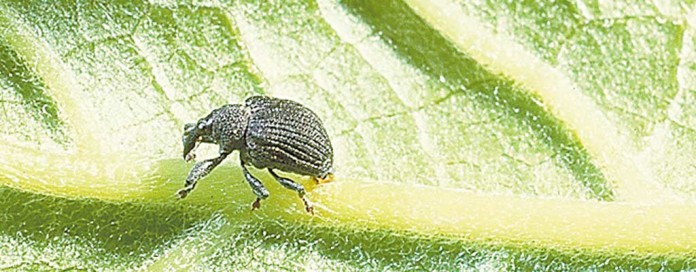
CHARLESTON, W.Va. — West Virginia’s poplar trees are under invasion. Yellow poplar weevils, a small black beetle native to West Virginia, are munching their way through trees all over the state.
You’ll notice the leaves of poplar trees turning brown and in some cases significant leaf loss.
“The weevils have been here since before people settled this country. This is not something new. Some years are worse than others. This is one of those years,” according to West Virginia Department of Agriculture Plant/Pest Biologist Dr. Berry Crutchfield.
Most healthy poplar trees that sustain damage from the yellow poplar weevil will live, but they won’t look very healthy this summer. They should spring back next year. In some cases, the weevils can seriously damage a tree if it’s under other stressors like drought.
“Yellow poplar contributes more total volume to West Virginia’s forests than any other species; therefore, there is reason for concern,” said State Forester Randy Dye.
“The Division of Forestry is working with the Department of Agriculture to closely monitor this situation to help ensure the sustainability of this important forest species.”
Treatment
Small poplars in residential areas can be treated with insecticide. However, when it comes to poplars that forest West Virginia’s mountains, that’s not the case. Crutchfield said there are just too many trees over too large an area to conduct a successful insecticide program.
Hibernate
You may notice large groups of poplar trees with the scorched appearance. The good news is the weevils will head into hibernation by mid-July and won’t be back out until next spring.










It would be nice if a picture was included in the article.
Hi Barb,
Thank you for pointing that out. We have since added a photo of the yellow poplar weevil to the post. Hope that helps!
Good picture. Thanks so much for adding it to the article. Now I’ll know what to look for, as all the rain that we’ve had this summer so far, is bringing out ‘new’ bugs this summer.